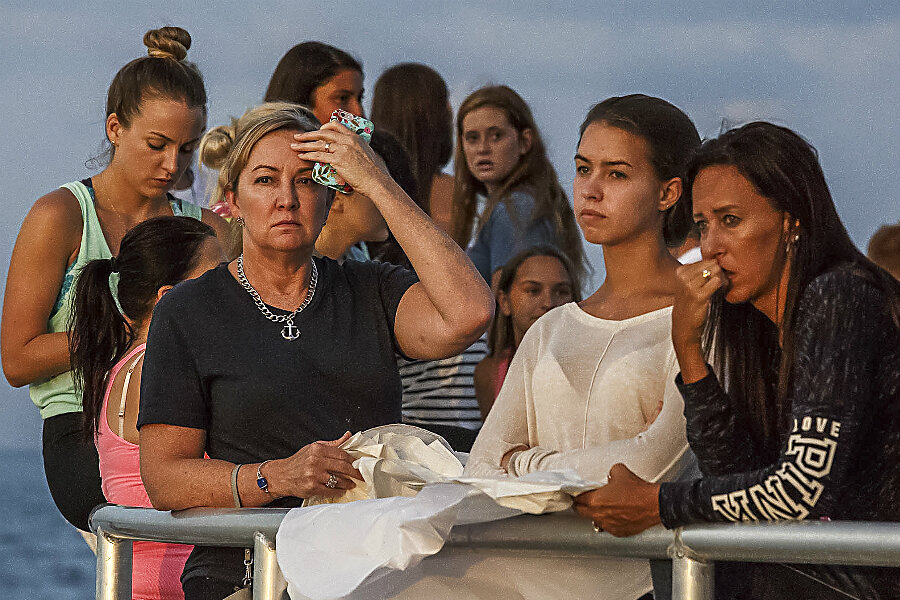How did missing Florida teens end up so far off course?
Loading...
As the Coast Guard searches for missing Florida teens intensifies, the stepfather of one of the boys said on Tuesday that the boys strayed from the agreed-upon boundaries for their fishing trip.
Fourteen-year-old Perry Cohen and his friend Austin Stephanos, also 14, had been instructed to remain on the Loxahatchee River and the Intracoastal Waterway during their trip on Friday, but they clearly ended up in the deep waters they were supposed to steer clear of, Perry's stepfather Nick Korniloff told the Associated Press.
"It's a bit of a surprise to see, for us, that they went offshore," Mr. Korniloff told AP.
After four days of searching for the boys, the stepfather is not concerned why the boys ended up in the ocean, rather he is hopeful and banking on the years of experience they had on the water that could keep them alive.
His stepson grew up boating, fishing, and snorkeling in the ocean, Korniloff said. Both boys are said to have learned to swim before they could walk.
"We have a huge amount of confidence and I think that's a testament to why the Coast Guard is working so hard," Korniloff said. "They're doing that because the boys have all the ingredients that could lead to a big success here."
On Monday, the US Coast Guard released a video of the two missing teens’ overturned boat, off Ponce Inlet, more than 180 miles north of where the boys started their journey. A life jacket was found in the water near the overturned boat, though it was not clear how many life jackets had been on board.
Perry and Austin were last seen on Friday afternoon in the Jupiter area where they bought $110 worth of fuel for their 19-foot white single-engine boat and launched the boat near Jupiter.
The teens' families said there is a $100,000 reward for the boys’ safe return.
NFL legend Joe Namath, who is a neighbor of the Perry family asked the public to help search for the boys.
This report includes material from the Associated Press.





